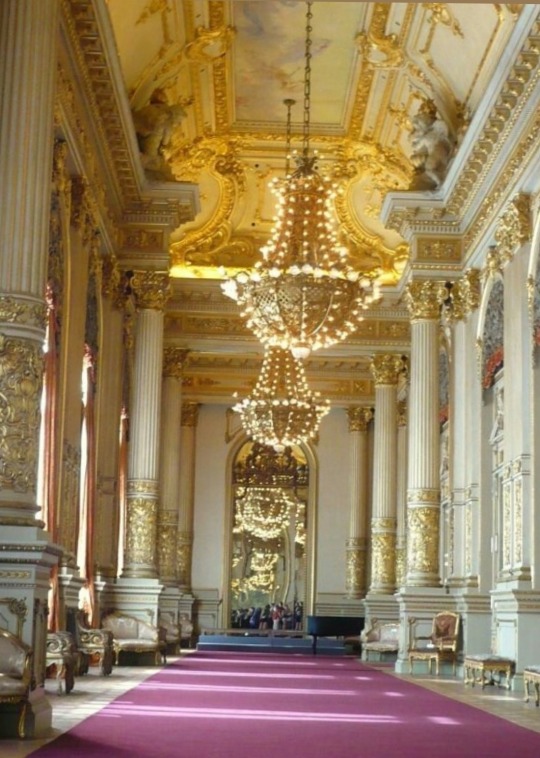#teatro colón
Text

Rodrigo Bonaventura - Teatro Colón
#Rodrigo Bonaventura#Teatro Colón#bailarín#tänzer#ballerino#dancer#danseur#ballet men#boys of ballet#dance#ballet#rodri bonaventura
39 notes
·
View notes
Text

Fabrizio Coppo | Matias Santos | Teatro Colón | Photo by Carlos Villamayor
#fabrizio coppo#matias santos#white tights#balletphotography#teatro colón#stage boots#ballet stage boots
64 notes
·
View notes
Text

Teatro Colon is considered to be one of Buenos Aires's most elegant buildings. It is a world class center for classical music, ballet and opera. Construction began in 1880 and it opened in 1908.
23 notes
·
View notes
Text

Teatro Colón - Buenos Aires, ARGENTINA
44 notes
·
View notes
Text

😍😍
87 notes
·
View notes
Text
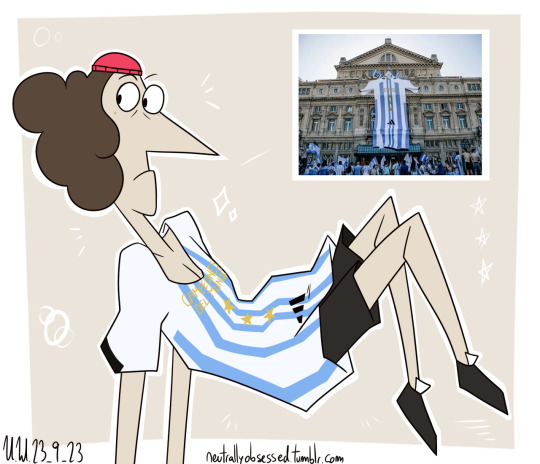
It's the 18th! Time to be annoying about this again!
#clone high#topher bus#ch topher#argentina#teatro colón#wc 2022#porqueee es el teatro colón... y el es colón.... tendés?#en fin mis ancestros me observan con confusion y admiracion#xd
18 notes
·
View notes
Photo
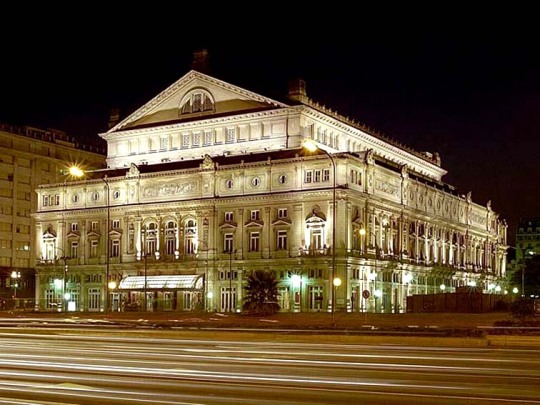
Teatro Colón - Reapertura 24/05/2010
#buenos aires#blog#teatro#Teatro Colón#photo#photography#hostel#Hostel Colonial Buenos Aires#bicentenario#argentina#argentina travel
37 notes
·
View notes
Text






Today a rare program from Buenos Aires 1907 one year before the opening of the new Teatro Colón, Buenos Aires 1908. Click in the pics and see more details. Look on the biographies of this singers.
#classical music#opera#music history#bel canto#composer#classical composer#aria#classical studies#maestro#chest voice#Teatro Colón#program#classical musician#classical musicians#classical history#history of music#historian of music#musician#musicians#diva#prima donna
3 notes
·
View notes
Text

Rodrigo Bonaventura - Teatro Colón - photo by ale carmona
#Rodrigo Bonaventura#rodri bonaventura#Teatro Colón#ale carmona#ballerino#danseur#dancer#bailarín#tänzer#boys of ballet#ballet men#dance#ballet
28 notes
·
View notes
Text

Emanuel Abruzzo | Teatro Colón
49 notes
·
View notes
Text
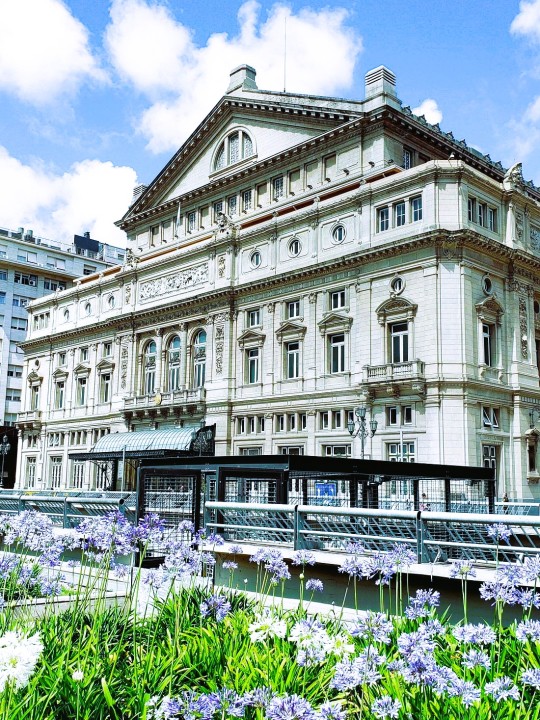
The Teatro Colón is a historic opera house in Buenos Aires, Argentina. It is considered one of the ten best opera houses in the world by National Geographic. Wikipedia
17 notes
·
View notes
Text
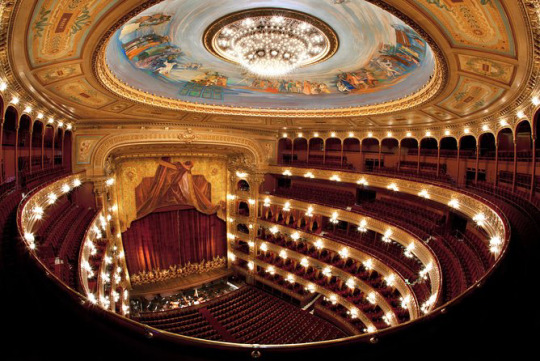
"Pokemones legendarios por Argentina"
C.A.B.A: ¿Logras encontrar a Meloetta en el Teatro Colón? (Capital federal)
4 notes
·
View notes
Text

Buenos Aires Enero 2017
Iphone 5s
27 notes
·
View notes
Link
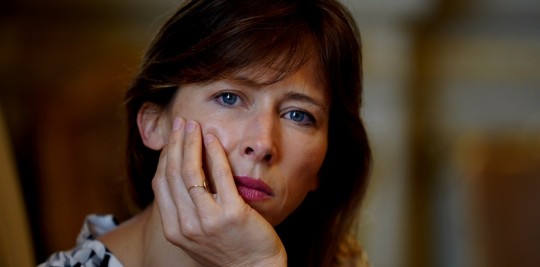
Sophie Hunter is in Buenos Aires to direct a double performance at the Teatro Colón: The Seven Deadly Sins, by Kurt Weill and Bertolt Brecht, and Bluebeard's Castle, the only opera written by the Hungarian composer Béla Bartók. It will be Hunter's debut in a traditional opera house.
Concerned with creating a new audience and generating greater accessibility to the lyrical genre, in her previous works she took opera out of the traditional theater to other spaces and created experimental works, such as the immersive production of the cantata Phaedra, by Benjamin Britten.
From the same composer she created Lucretia, a piece of performance art based on the opera The Rape of Lucretia. Her directorial debut was in 2007 at the Barbican Pit, where she co-directed The Terrific Electric, an avant-garde play.
She then continued with a revival of Henrik Ibsen's Ghosts and toured North America with her production of 69 South, an experimental work also known as the Shackleton Project.
Finally, in the Golden Room we find the tranquility to start a generous conversation.
"I do not talk about my private life"
-Your first time in Buenos Aires, were you able to tour the city a bit?
-No. It has been a very intense rehearsal period. The only thing I know is the trip from the hotel to the theater. But after the play I want to take some time to tour the city.
-Did you know something about the Teatro Colón?
-I have friends who are opera singers and the Teatro Colón is their favorite theater in the world. They told me about the theater and the city, so I'm excited to be here and to come to South America.
-These days it came to light that your husband Benedict Cumberbatch and your three children are accompanying you in Buenos Aires. I know that he preferred not to attend your rehearsals so as not to disturb your work. How do you handle those situations?
I'm sorry, but I don't talk about my private life in interviews. But as far as being a mother, working and having a husband who supports me while I do my job, providing his care and assistance, I can't help but be incredibly grateful and proud to be able to do this. And that is all I am going to say about my family, that I am grateful and proud to be able to make a work of art, to be a mother and an artist.
-Benedict is a great partner.
-Yes absolutely.
-Does the family always travel together or is this an exceptional situation?
-This is more than I want to talk about.
-Do you like the aesthetics of movies like "Dr. Strange"?
-Honestly, I don't want to talk about anything other than my work.
-"Dr. Strange", and others in its genre, are very popular films, with a very innovative visual proposal. I think that, in some way, that visual aesthetic ends up being projected also in opera stagings when they incorporate videos or films. Do you think that this aesthetic does not impact some settings?
-Perhaps. I take the question but turn it around to talk about my work. Bártok's play opens with the prologue that says, as the curtain raises, “Look how I look at you. Open the lids of our eyes: where is the scene, outside or inside?
The way it's written musically and the way you can be drawn into that scene, which is like the attraction with a close-up, it's like Hitchcock. The work with videos and films has been fascinating, and I hope that it will enrich the story.
-That is the theme, to integrate the filming in the dramaturgy without leaving it as something external.
-Sure, we'll see. It's like working with a performer, it's a dialogue between the film and the performers moving on stage. That is a challenge and we are still working on it
"In the past I did more experimental work"
-This is your first complete opera direction in a traditional lyric theater, how is it going?
-Yes, exactly. Everything is going fine. It is very stimulating. This is a wonderful opportunity. In the past I've been doing more experimental work, in the sense of taking opera out of traditional theaters, more related to Site Specific, and producing crossovers with music, theater and dance.
-Can it be said that this experience in Buenos Aires will open in your future a relationship with the world of opera in other lyrical theaters in the world?
-Yes! But for me it's one project at a time. I think I brutally understood myself in terms of really connecting a piece to the text of an opera, finding my way of being able to say something through the work and having the tools to express it. So, step by step.
-I imagine that what attracted you to the works you are going to direct is that they are not traditional operas: in "Bluebeard's Castle" there are no arias, among other things, and "The Seven Deadly Sins" is a ballet sung in seven scenes .
-Yes absolutely. In the first rehearsal of The Seven Deadly Sins with Ann Yee, the choreographer, we made a diagram of three circles: opera, theater and dance, intersecting. And in the central part, at the intersection of everything, we do the work, looking at certain media and their combinations, the intersections. Seven sins is a musical theater piece but it is also a dance. The choreographer is vital in the team. This is my first time working with her and it's a fantastic experience.
-She studied in France at the prestigious Jacques Lecoq physical theater school. Did she use tools of that technique in Weill's work?
-Yes. That technique emerges in every work I do, and I collaborated on this opportunity with the choreographer. It was my great educational and learning experience, from there came what I know. I owe many of my works to that experience.
-What are the connections that you find between the two works?
The joint programming of these two works is very interesting. There are obvious links, like "seven sins" and "seven doors". And there are complicated links in the sense that there are female characters at the heart of both works, but in a male narrative and a destiny that is decided by the patriarchy.
That is captivating and captivating. And as a female artist and storyteller, that's very powerful and moving and problematic. There are those obvious links but they are such incredibly different works and it's so interesting to program them together.
"They are two very intense works"
-The festive spirit of Weill's song from the '30s is so contrasting with the gothic spirit of Bártok.
-Yes, exactly. In addition, it is necessary to adapt to the technical demands that each one has. There are many entrances, links, scene changes, and not for Weill's play. As for Bártok, they are two characters who never leave the stage. The two works are very intense in very different ways.
I hope the audience gets a kind of glorious kick from Weill at the start. And then enter a kind of immersion with the work of Bártok, meditative but at the same time volcanic.
-Which work comes first?
-We start with The Seven Sins, which is very intense and terrifying, throughout its 35-40 minutes. After an interval, we continue with Bártok, where there is another speed. It is very dense to narrate, you hardly have a minute to breathe, with so many images, it is impressive.
"I want the public to be surprised"
-How do you conceive the castle in Bártok's work? Is it something alive? Is the psyche the man?
-He is the third person, as it is constructed in the libretto. The characters are Bluebeard, Judith and the castle. But I don't know if I can reveal everything in this conversation... maybe not. I want the public to be surprised. I find interesting the point you mentioned about the question in relation to the castle, as a third character, the video will work as such.
-But maybe you could tell the general concept of the play.
-I'm going to tell you about my experience doing the work. In my head, with my designers, we had eight different productions of the play going around. It's such an incredibly deep and powerful piece of music and text, with so many possible interpretations, and I have mine, constantly opening up and reinventing itself. What interests me most in relation to the castle is the idea of the psyche. The opening of doors and closing of rooms in his psyche, obviously, but also hers. It is his journey as much as it is his.
-And how do you think of the relationship between Bluebeard and Judith?
-I see a potential feminist problem. As a feminist, there is a potential problematic reality that interests me a lot: the journey of two people trying to find each other, to connect with each other and the impossibility of doing so.
In the essay we talked a lot about the idea of this invisible umbilical cord that connects the two of you, the constant pulling, the constantly pushing. Each attempt to get closer and closer is frustrated by Judith's insistence on searching for the truth, the desire and the need to know more, to ask. In that sense, they are two people working on each other.
-And the Bluebeard myth behind it, right?
-Of course, everything is framed in the myth of Bluebeard, which is deep, dark and disturbing. He is a man who kills women and there is no escaping that reality, of a woman being caught. I tried some gestures, like putting the women more in the center of the scene and giving them a voice. I open the prologue with a female voice, and the journey to the wives may at some point be repeats of her. I find it interesting to put that. It is a psychological journey of two people surrounding each other. But the end is death, and there is a man who closes it.
"A capitalist patriarchal framework"
-Where did you put the emphasis in the work of Kurt Weill?
-I really enjoyed adopting Brechtian realism. And I also enjoyed exploring the complexity and nuance of the two female leads.
One is like the shadow of the other.
-Yes. The text says, for example, "She's the one with the charm and I'm the realist." I try to avoid a binary gaze because usually Ana 1 is on one side and Ana 2 on the other, and they embark on the journey.
I had a rich and productive exploration with the two performers. There is a sensitivity in the complexity of both that can be interchanged, it is not as simple as that one is one thing, and the other, another. One is the representative of the family and the other is the victim who is being co-opted.
I am very aware that these two women are in a capitalist patriarchal framework that acts on them, and again, I do not want to spoil, but there is an underlying female protest in the work.
-Is the play set in the '30s?
-A lot of the spirit and scenic references are from that period. Lo Dada, although it is a little earlier, a wardrobe based on the '30s-40s. At first I thought of another concept: starting in the '30s and ending in the present day, like a trip back in time. But we didn't do it because the work is saturated with things, many images and musical styles. Going down that path would have been a saturation of concepts.
But what is important to me is that it is an incredibly relevant work for these days, you could easily identify what is happening in the work with today, in relation to the relevance of the crisis of femininity and what it means to be a woman today. : what it represents to be and what it truly is.
The pressure of society on women today to present themselves in a certain way, we all know it, we feed it, and it is very common. So, in the staging you will recognize an aesthetic from the '30s-40s, but what happens is still current. And there's a wide range of references, like to contemporary feminists, artists like Barbara Kruger, who I'm a huge fan of. And being one of the references, there are also a lot of allusions to the '80s male gaze, which is subverted and challenged.
Does it include projections?
-Yes, the two pieces depend a lot on the projection. The designer of the projections, Nina Dunn, is incredibly talented and we have been working very hard to find ways in which the contemporary political voice can be heard amongst these images. There is so much to talk about! (laughs)
"Music is more important than what I do"
-How is your relationship with Bártok's music?
-Bártok is, like any great piece of music, you listen to it and listen to it and there are more and more. The detail and the brilliance, how that music affects you, the complexity, the density. Before rehearsals I spent a lot of time with the director listening to the music, I spent a lot of time researching it, trying to dissect it. It was like learning a new language, and so far I think I only scratched the surface. Bártok's music is hypnotizing. I couldn't imagine doing this job without a dialogue with the musical director.
-He directed theater and now opera. What differences do you find between the two?
-That relationship is in the center, for me it is a part of a much larger image. Music is more important than what I do. What we try to do is bring everything together, as in a symbiosis. That dialogue and empathy is sustained by music.
#Sophie Hunter#Directing work#Teatro Colón#The Seven Deadly Sins#Bluebeard's Castle#interview#Benedict Cumberbatch#but only because the interviewer insists
19 notes
·
View notes
Photo
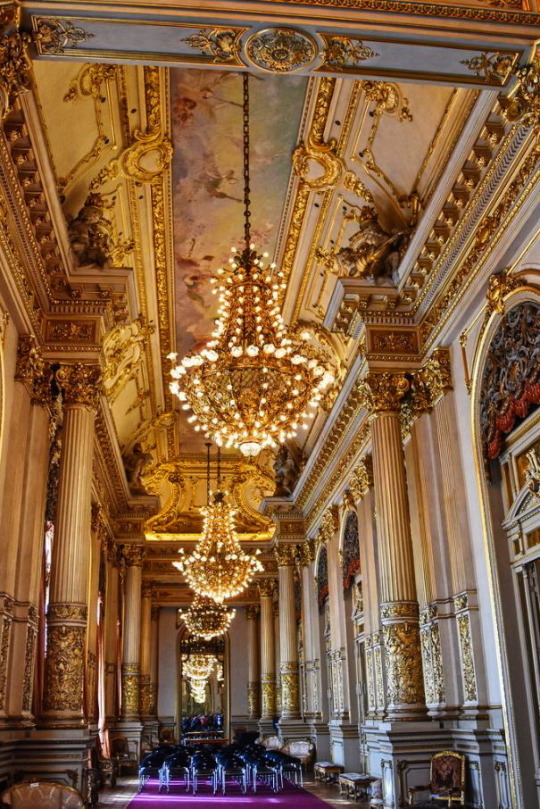
FROM : wgm-beautiful-world - Teatro Colon - Buenos Aires - Argentina
5 notes
·
View notes
